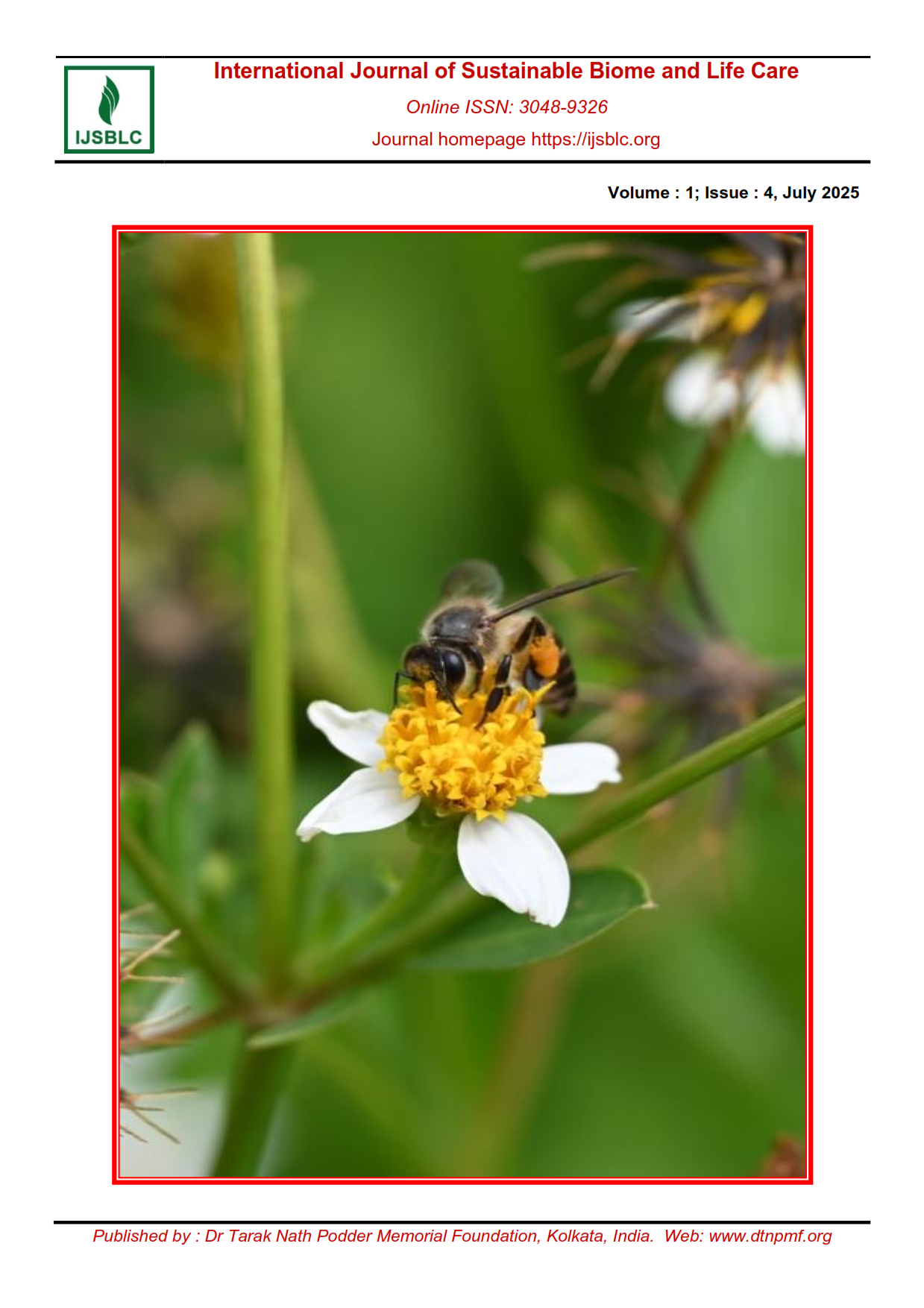The Use of African Senna (Senna didymobotrya) Extract in the Treatment of H.I.V In Rodents
DOI:
https://doi.org/10.31632/j716r932Keywords:
Extract;, H.I.V and Rodents; , TreatmentAbstract
Senna didymobotrya belonging to the family Fabaceae (Leguminosae) is a widely used medicinal plant in East Africa, its potential as a medicinal plant is being exploited by traditional practitioners in different part of the world. The study is aimed at investigate the use of Senna didymobotrya extract in the treatment of HIV through the following objectives which are: to carry out phytochemicals screening of Senna didymobotrya leaves extract and to test the effectiveness of the plant leaves on HIV virus using rabbit as study animal. Method used was the leaves extract of Senna didymobotrya was successively extracted using n-hexane, ethyl acetate, methanol and distilled water. The phytochemical screening shows the presence of alkaloids, flavonoids, Terpenoids, anthraquinone, saponins, tannins, phenol, glycosides, and steroids. The leaves extract was tested for its Anti-HIV activity using experimental rabbit and RVS strip. The result of the experiment shows that the extract has a potential anti-HIV activity.
References
Anywar, G., Kakudidi, E., Byamukama, R., Mukonzo, J., Schubert, A., & Oryem-Origa, H. (2020). Indigenous traditional knowledge of medicinal plants used by herbalists in treating opportunistic infections among people living with HIV/AIDS in Uganda. Journal of Ethnopharmacology, 246, 112205. https://doi.org/10.1016/j.jep.2019.112205
Atieno, H. O. (2023). Antimicrobial activities of extracts and isolates from Senna didymobotrya flowers (Doctoral dissertation, Maseno University). https://repository.maseno.ac.ke/handle/123456789/5960
Govindarajan, R. K., Krishnamurthy, M., Neelamegam, R., Shyu, D. J., Muthukalingan, K., & Nagarajan, K. (2019). Purification, structural characterization and biotechnological potential of tannase enzyme produced by Enterobacter cloacae strain 41. Process Biochemistry, 77, 37-47. https://doi.org/10.1016/j.procbio.2018.10.013
Husen, A. (Ed.). (2021). Traditional Herbal Therapy for the Human Immune System (1st ed.). CRC Press. https://doi.org/10.1201/9781003137955
Jemutai Kotut, S. (2024). Efficacy of Thunbergia alata asnd Senna didymobotrya Extracts Against Selected Bacteria Commonly Associated with Skin Infections in Kericho Referral Hospital, Kenya (Doctoral dissertation, UOK). https://ir-library.kabianga.ac.ke/items/a714b68a-914c-4224-8480-ba4dc14a18e4
Maina, A., Gatheri, G., & Maingi, J. (2024). A Survey of Medicinal Plants Used in Kieni Forest, Kiambu County, Kenya. African Journal of Pure and Applied Sciences, 5(1). https://doi.org/10.33886/ajpas.v5i1.491
Mongalo, N. I., & Raletsena, M. V. (2023). Fabaceae: South African medicinal plant species used in the treatment and management of sexually transmitted and related opportunistic infections associated with HIV-AIDS. Data, 8(11), 160. https://doi.org/10.3390/data8110160
Nagappan, R. (2012). Evaluation of aqueous and ethanol extract of bioactive medicinal plant, Cassia didymobotrya (Fresenius) Irwin & Barneby against immature stages of filarial vector, Culex quinquefasciatus Say (Diptera: Culicidae). Asian Pacific Journal of Tropical Biomedicine, 2(9), 707-711. https://doi.org/10.1016/S2221-1691(12)60214-7
Njoroge, G. N., & Bussmann, R. W. (2006). Herbal usage and informant consensus in ethnoveterinary management of cattle diseases among the Kikuyus (Central Kenya). Journal of ethnopharmacology, 108(3), 332-339. https://doi.org/10.1016/j.jep.2006.05.031
Nyamwamu, B. L., Ngeiywa, M., Mulaa, M., Lelo, A. E., Ingonga, J., & Kimutai, A. (2015). Phytochemical constituents of Senna didymobotrya Fresen irwin roots used as a traditional Medicinal plant in Kenya. Avilable at https://www.ijern.com/journal/2015/June-2015/36.pdf
Reddy, L. J., Jose, B. E. E. N. A., Anjana, J. C., & Ruveena, T. N. (2010). Evaluation of antibacterial activity of Trichosanthes cucumerina L. and Cassia didymobotrya Fres. leaves. International Journal of Pharmacy and Pharmaceutical Sciences, 2(4),153-155.
Sandhu, K. S., & Singh, N. (2007). Some properties of corn starches II: Physicochemical, gelatinization, retrogradation, pasting and gel textural properties. Food chemistry, 101(4), 1499-1507. https://doi.org/10.1016/j.foodchem.2006.01.060
Sukirtha, K., & Growther, L. (2012). Antibacterial, antifungal and phytochemical analysis of selected medicinal plants. J Nat Prod Plant Resour, 2(6), 644-648. https://www.scholarsresearchlibrary.com/articles/antibacterial-antifungal-and-phytochemical-analysis-of-selected-medicinalplants.pdf
Downloads
Published
Issue
Section
License
Copyright (c) 2025 International Journal of Sustainable Biome and Life Care

This work is licensed under a Creative Commons Attribution-NonCommercial 4.0 International License.






